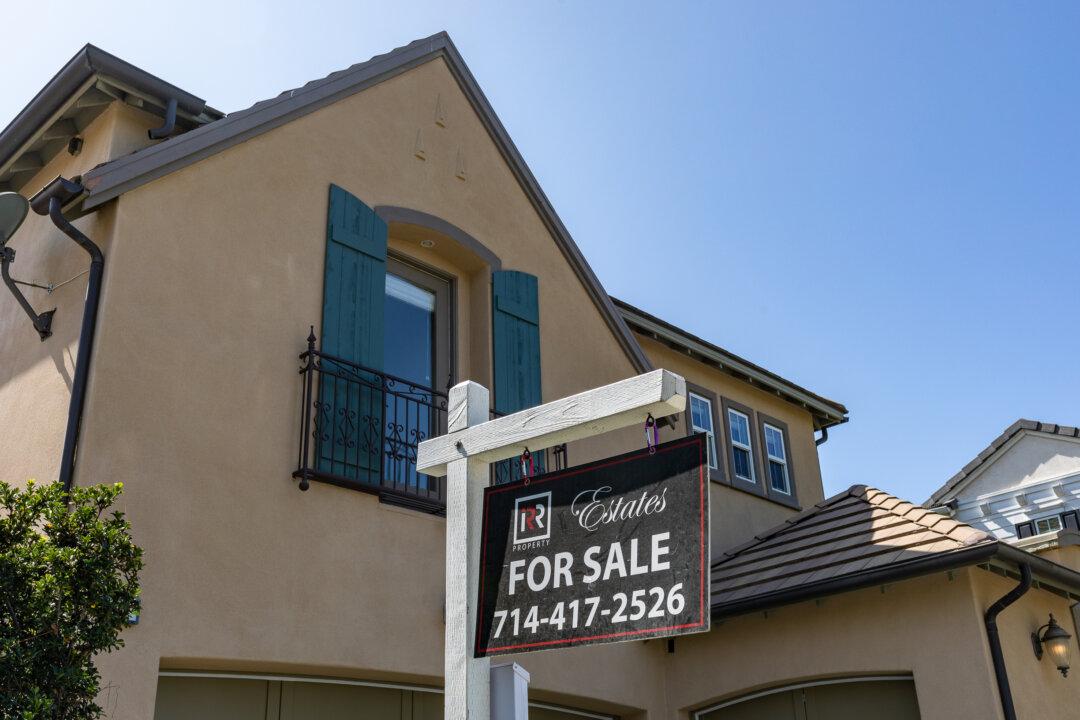Mortgage application rates in the United States fell by 1.1 percent last week driven by higher interest rate, according to the Mortgage Bankers Association (MBA) Composite Index.
The previous week ending Sept. 10 saw applications increase by 0.3 percent in contrast to the week ending Sept. 24.





